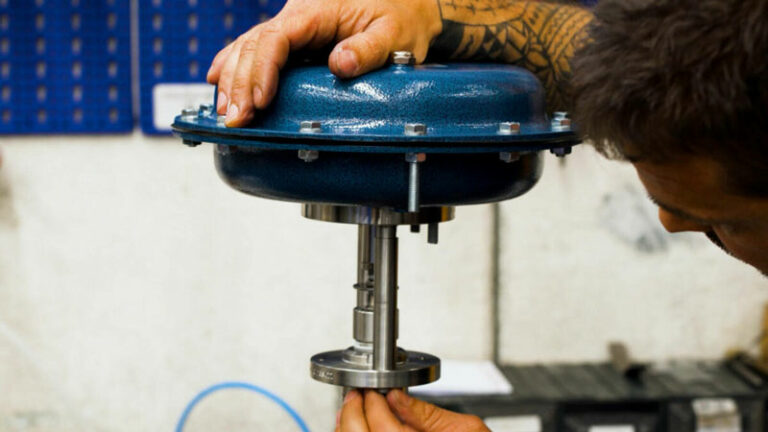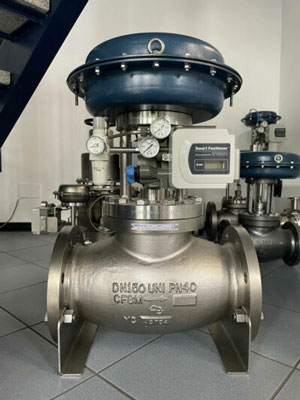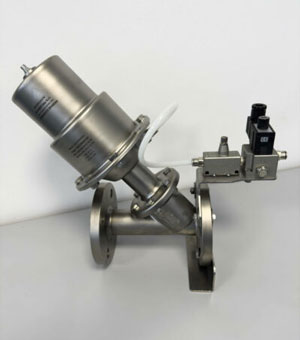
In the vast and complex world of fluid control, there are countless types of valves, each designed for a specific purpose. The characteristics of these valves vary depending on the application and context in which they are used. To best meet our customers’ needs, we offer solutions tailored to each scenario.
Our areas of specialization mainly include Control Valves and Shut-off Valves.

Regulating valves are servo-operated devices that allow the flow rate of fluid in a controlled process to be changed. These valves are connected to a positioner, which varies the valve opening in response to a signal from the control system. This complex mechanism allows for precise and accurate fluid control.

Shut-off valves, in contrast, have mainly two operating positions with a high flow coefficient. Their stainless steel construction gives them considerable versatility, allowing them to be used in aggressive environments.
The main distinction between Control Valves and Shut-Off Valves lies in the task they have to perform. Control Valves are designed to precisely regulate the flow of a fluid and require more complex operating mechanisms, along with dedicated precision accessories. On the other hand, Shut-Off Valves are more suitable for situations where it is necessary to simply open or close the flow of a fluid, allowing the use of simpler control systems.
In conclusion, the choice between Control Valves and Shut-off Valves will depend on the specific needs of the application and the environmental conditions under which they will be used. Our experience and ability to offer customized solutions allow us to assist you in selecting the perfect valve for your system.